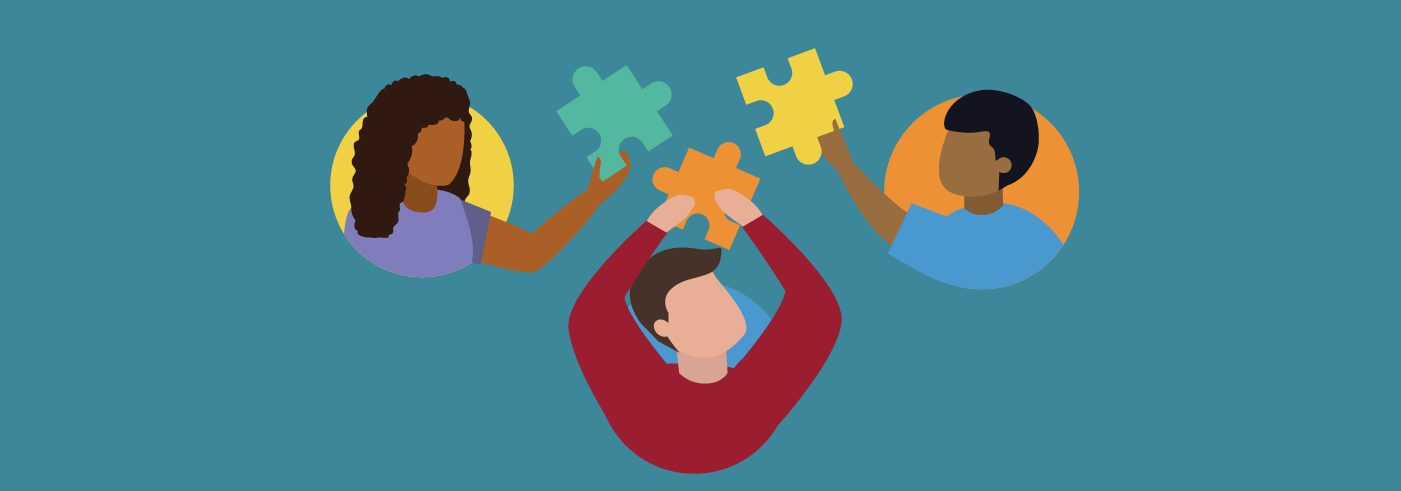
Districts commit to serving all of the students in their community—including those performing below grade level, living in poverty, learning multiple languages, in special education programs, and students of color. Opportunity gaps, however, persist in students’ access to core learning, enrichment, and technology. It can be challenging for districts to provide specialized programs and services for each student.
—Student
—Educator
—Community Member
When reflecting on the supports that need to be in place to provide opportunities for students from historically and systematically excluded (HSE) communities, school staff, families and students themselves described the following needs.
Explore the tiles below to learn more about projects and resources that aim to strengthen supports to a broad range of learners.
The Learner Variability Project seeks to build on learning sciences research to better understand and address the needs of the whole learner, from PreK to adulthood, to personalize instruction.
The Learner Variability Navigator helps educators find research-based strategies to personalize learning experiences in order to understand and address the whole learner.
Learn about Digital Promise’s IEP Project and access additional resources to write and implement individualized education plans (IEPs) grounded in whole-child, strength-based approaches.
This paper defines learner variability based on the work of Todd Rose and Mary Helen Immordino-Yang. It recognizes that each student has strengths and challenges, context matters, and a holistic understanding of a learner is needed to personalize instruction.
This guidebook provides teachers with reflective questions, a sample response bank, strategies from the research-based Learner Variability Navigator, and other resources to write strength-based whole-child IEPs.
This guide includes tips for teaching students about their own learner variability through the lens of the whole child. It includes sample lesson plans, strategies, and other resources to help students understand themselves as learners.
This paper defines learner variability based on the work of Todd Rose and Mary Helen Immordino-Yang. It recognizes that each student has strengths and challenges, context matters, and a holistic understanding of a learner is needed to personalize instruction.
This guidebook provides teachers with reflective questions, a sample response bank, strategies from the research-based Learner Variability Navigator, and other resources to write strength-based whole-child IEPs.
This guide includes tips for teaching students about their own learner variability through the lens of the whole child. It includes sample lesson plans, strategies, and other resources to help students understand themselves as learners.